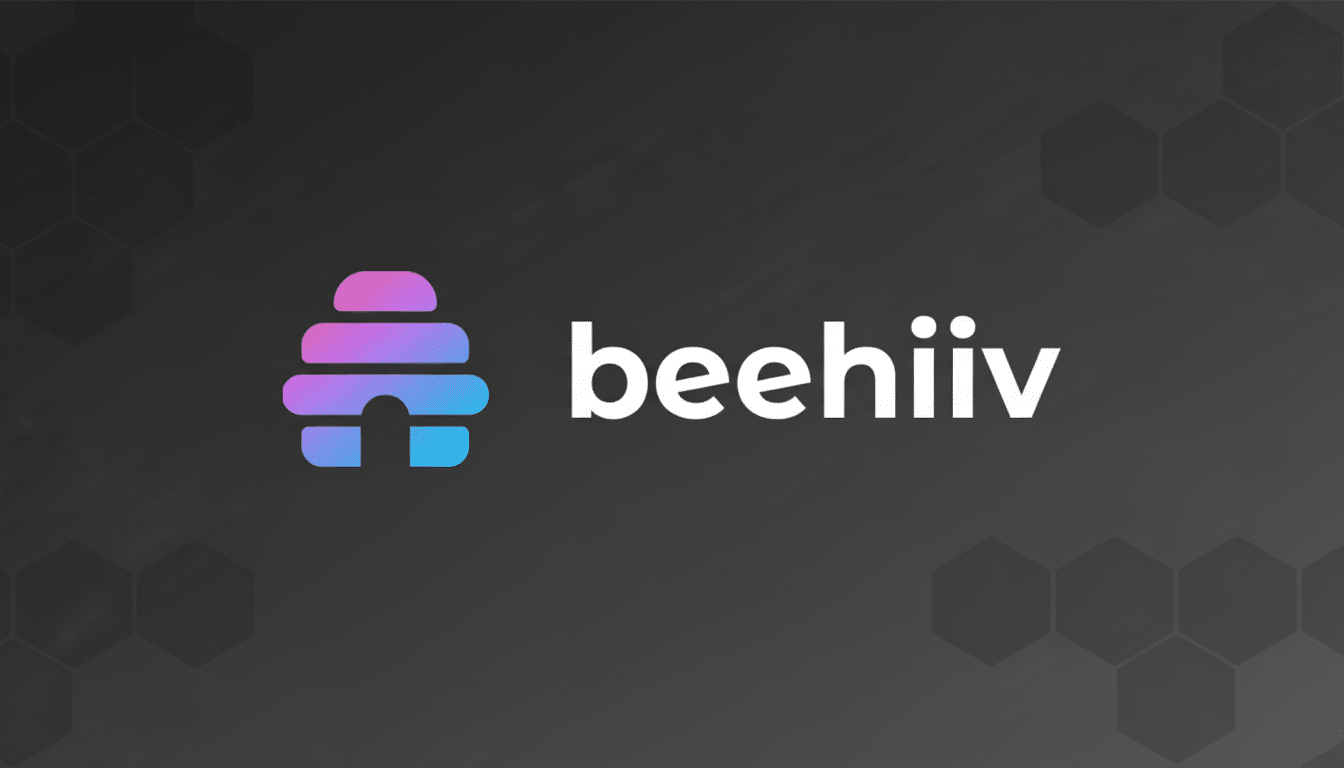Beehiiv is adopting a contrarian view of the newsletter economy: there’s still lots more runway. As the platform introduces an AI website builder, podcast support and digital product sales — on top of acquiring the Y Combinator-backed site builder TypeDream — CEO Tyler Denk says crowded inboxes aren’t a ceiling, but a funnel. In his view, social media fragmentation and a richer toolset for creators are broadening, not narrowing, the way for new publications to break out.
Why newsletter saturation looks more myth than reality
The fear is palpable: too many newsletters chasing too little attention. But email remains a high-intent, high-ROI channel. Litmus, for example, has always set email’s return at above $36 for every $1 spent; industry benchmarks from firms like Mailchimp and Campaign Monitor show average open rates somewhere in the low-20% range — a multiple of typical organic reach on major social platforms that tends to languish in single digits.

Another durable signal comes in the form of year-on-year paid subscriptions. In 2023, Substack revealed that it had more than two million paid subscribers, a reminder to those of us who work in media that readers will still pay for original, singular voices. Beehiiv gestures toward something similar on its platform: niche players can actually monetize meaningfully at small scale. One agriculture-oriented publisher, for instance, is believed to generate around $15,000 in revenue a month with only about 2,500 subscribers by mixing paid tiers, sponsorships and products.
The broader backdrop helps. The creator economy is worth about $250 billion, according to an estimate from Goldman Sachs, and the bank expects it will grow significantly through the decade. If anything, the bottleneck is not demand; it is differentiation and packaging — a problem that can still be solved by a strong editorial focus and well-distributed mechanics.
Beehiiv’s bet on tools, not feeds, for creators
Denk’s calculated conjecture is that creators crave infrastructure, not a platform mediating their audience. He often draws a comparison: if Substack is like a consumer destination where reading occurs within an app-like feed, Beehiiv is trying to be the Shopify of publishing — quietly enabling brands while giving writers control over their domains, data and relationships with readers.
That philosophy is evident in his business model choices. Beehiiv emphasizes a subscription SaaS model and notes that it does not share in revenue that comes from paid subscriptions, digital products or bookings. For all creators, the math is simple: keep margins predictable and portable, and minimize platform lock-in.
New Features Hint at a Wider Creator Stack
What started as a newsletter service now looks like an operating system for owned media. And the new AI website builder — fast-forwarded by the TypeDream acquisition — introduces customizable sites well beyond bare-bones blog templates.

On a more meta note, support for podcasts and native product sales is indicative of a general consolidation in the creator toolchain. Denk anticipates other platforms to grow wings down the line, but he contends email is still the sturdiest wedge: it’s technically complex at scale and gets right into monetization.
Beehiiv is also trying to grow demand through its ad network, which connects newsletters of all sizes with brand dollars they couldn’t otherwise win. The model mirrors how marketplaces have unlocked high-end advertisers for long-tail video creators — helpful for writers who combine sponsorships and reader revenue to flatten cash flow.
Frayed social platforms open more space for email
The death of a unified, dominant social graph broke distribution — and made it more powerful in the process. As audiences splinter across X, Threads, Instagram, TikTok, Bluesky and LinkedIn, smart publishers de-risk by creating multiple discovery surfaces that all funnel back into email. In practical terms? A fragmented approach makes for more on-ramps: Quickie clips entice you to the reporting, posts plant seeds of conversation and the newsletter becomes home base — the place where a reader would go to submit their lead form between episodes or visits.
For independents, the playbook is now multi-format. A news analyst might put out a morning brief, do a weekly podcast, answer questions from subscribers, and sell a course — each reinforcing all the others. The flywheel Beehiiv hopes to help drive includes the likes of journalists such as Oliver Darcy, who departed a major network to launch an independent publication and rapidly assembled a small team.
Quality Still Separates the Signal From the Noise
Denk’s central argument is deceptively simple: Saturation is a distribution problem, not an incurable diagnosis. The newsletters that succeed are often doing three things right — staking out an unmistakable point of view, meeting readers where they already spend the most time and converting that attention into lasting, direct relationships.
With AI deluging the web with commodity content, the premium on a human voice and domain expertise only increases. The winners among creators won’t be the loudest; they will be the most trusted — and will treat email as a linchpin of a business that includes podcasts, communities, events and products. Beehiiv’s bet is that the market is far from saturated — it’s just getting started.

